Ecuador: Quito
Pubblicato: 10.08.2018
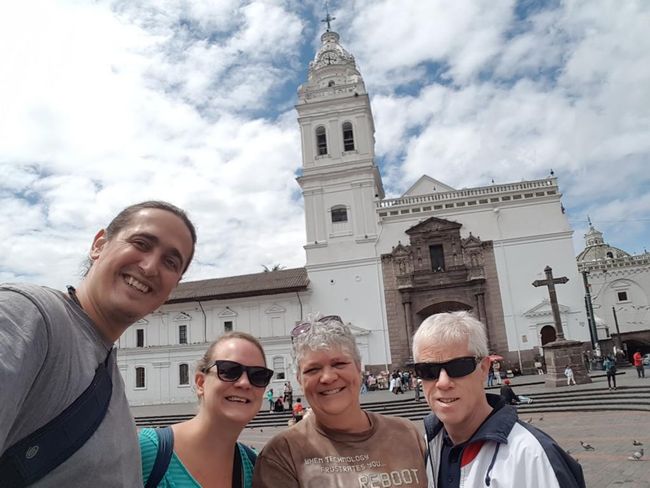
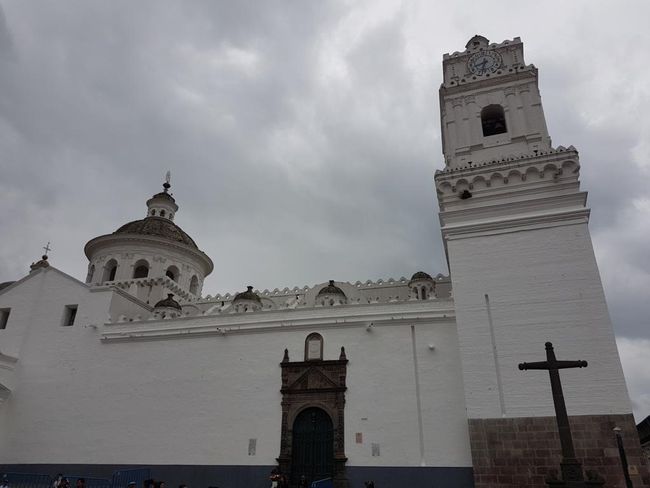
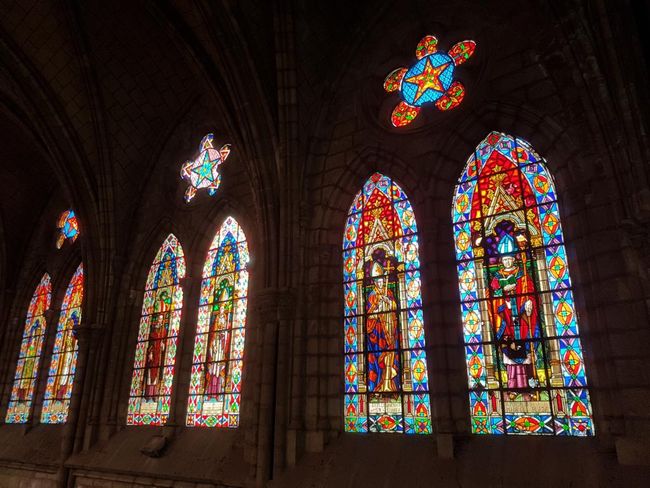
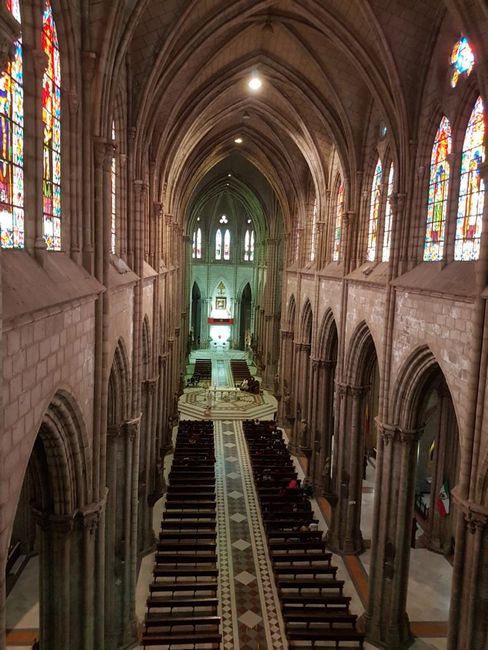
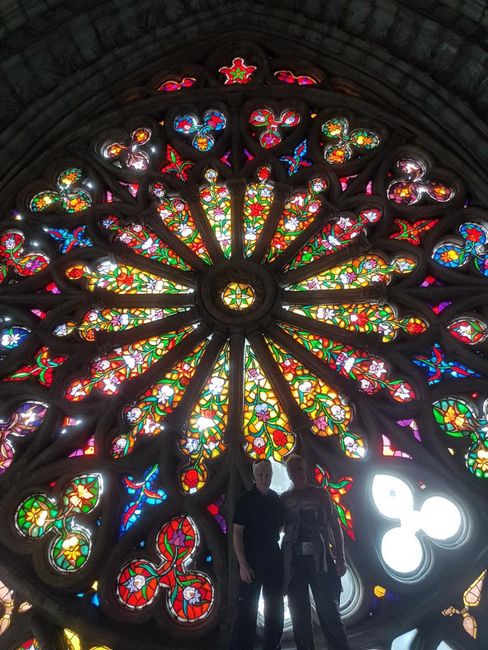
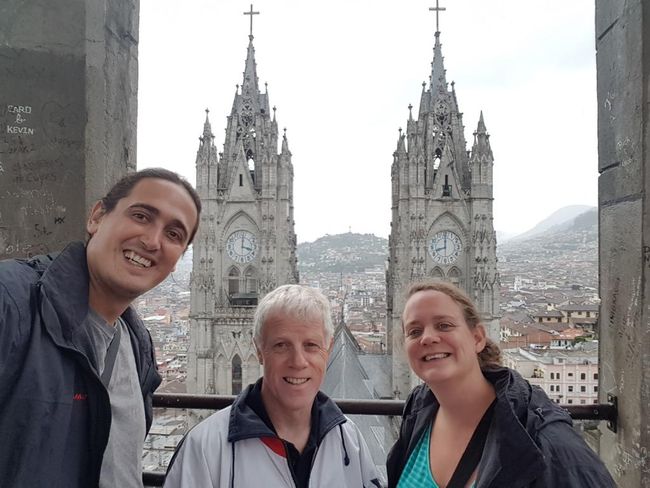
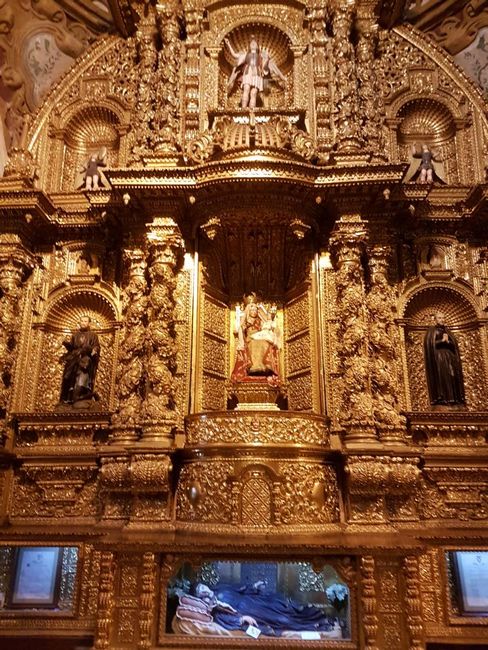
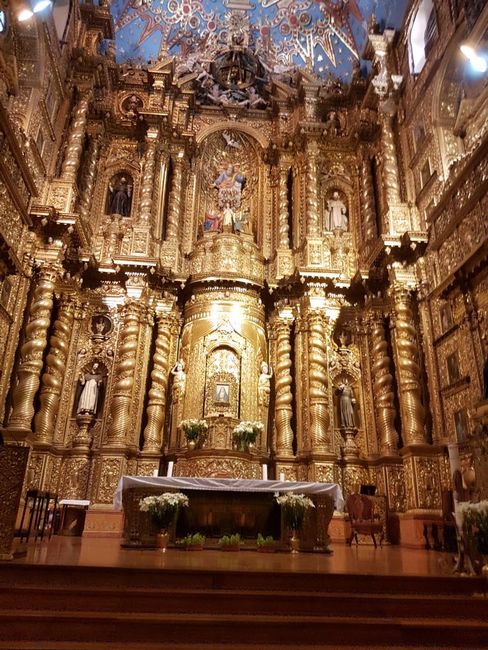
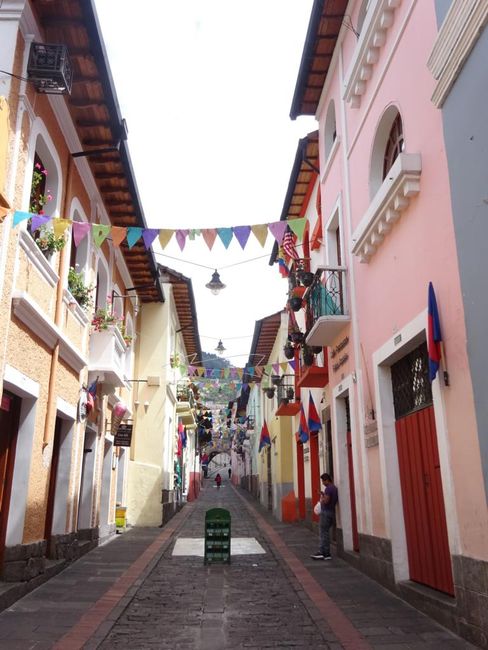
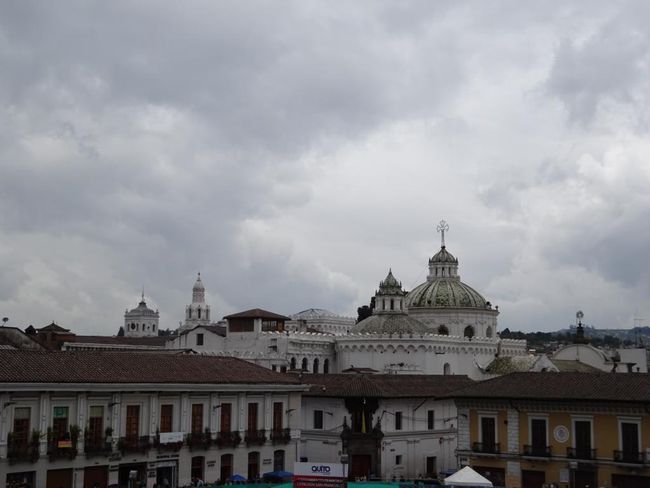
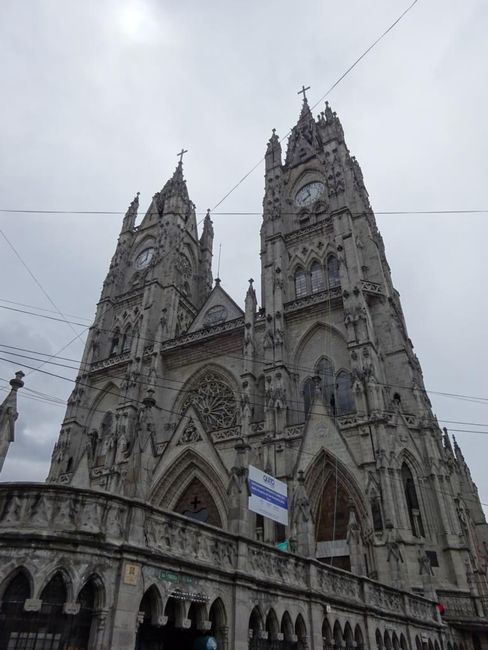
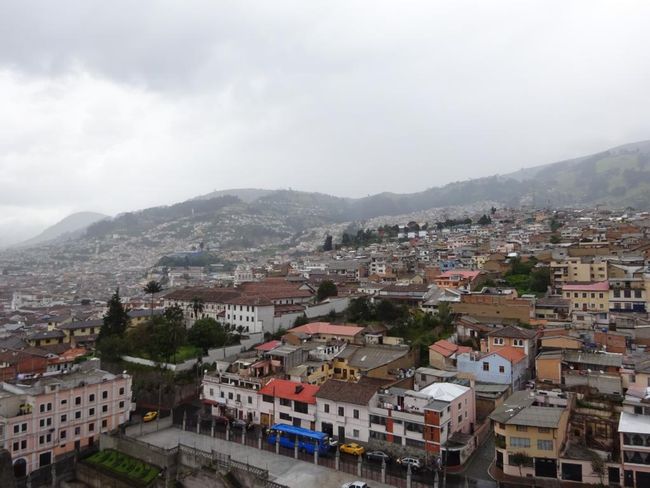
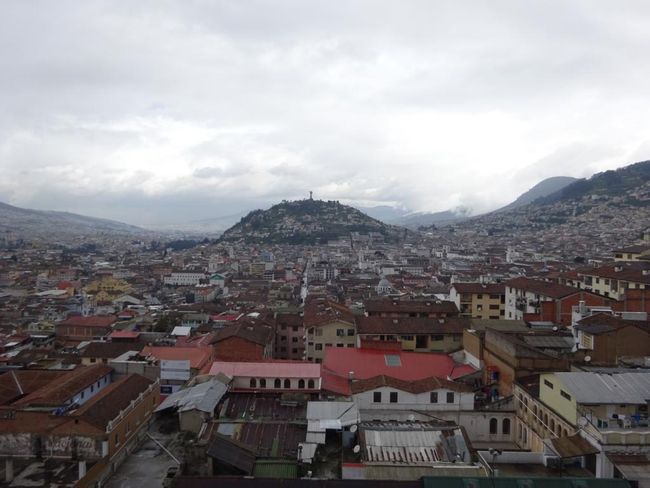
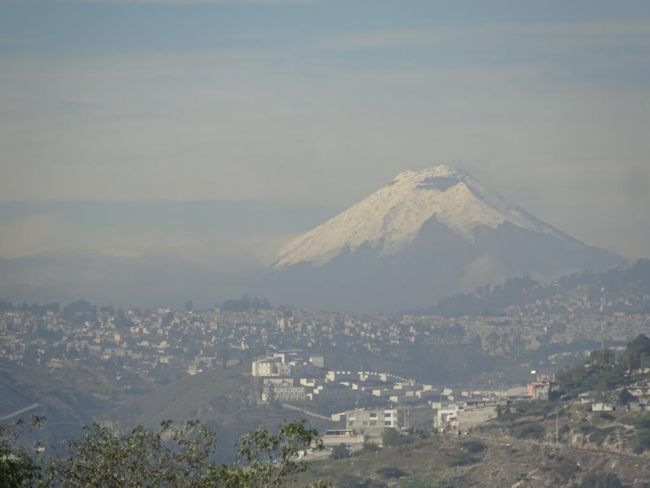
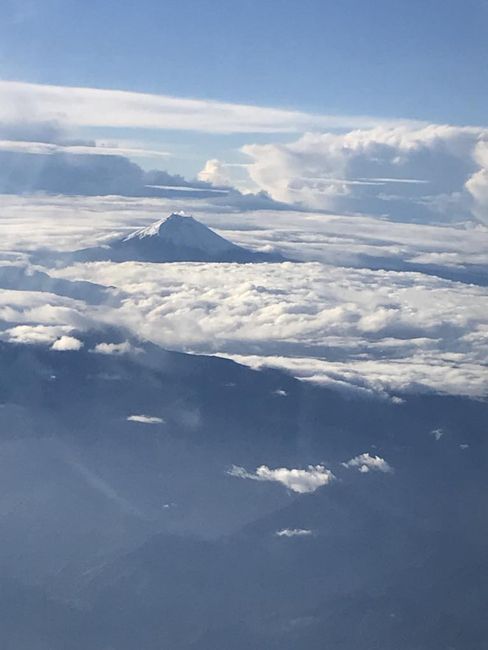
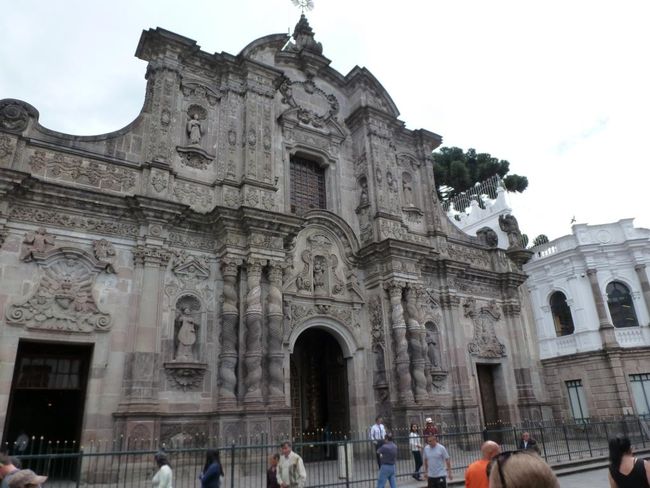
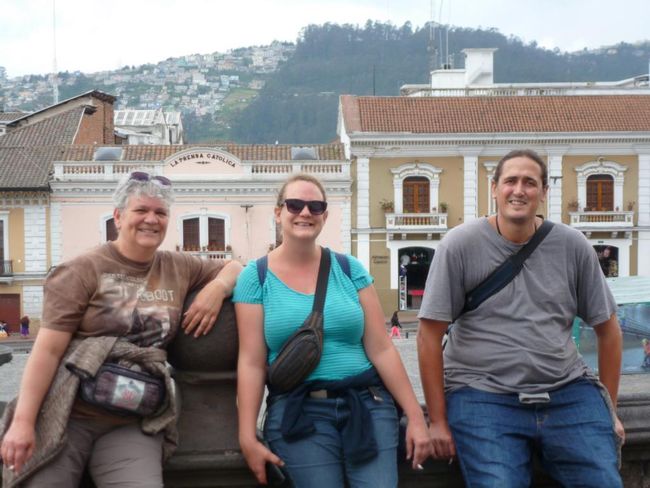
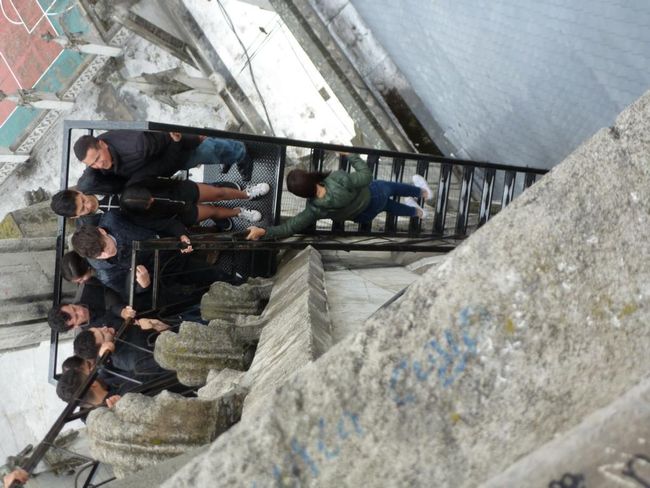
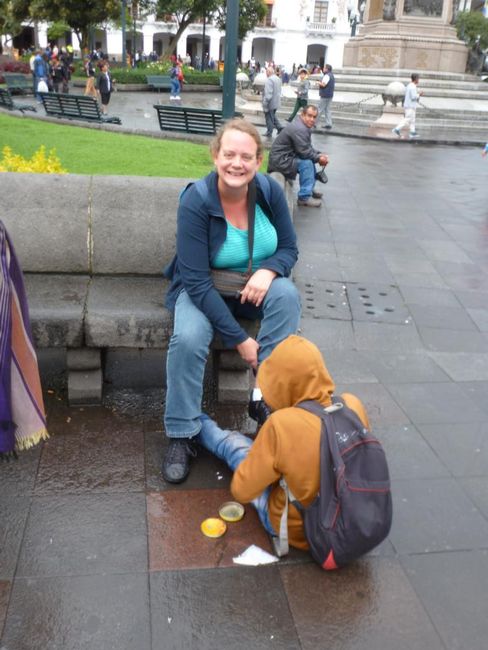
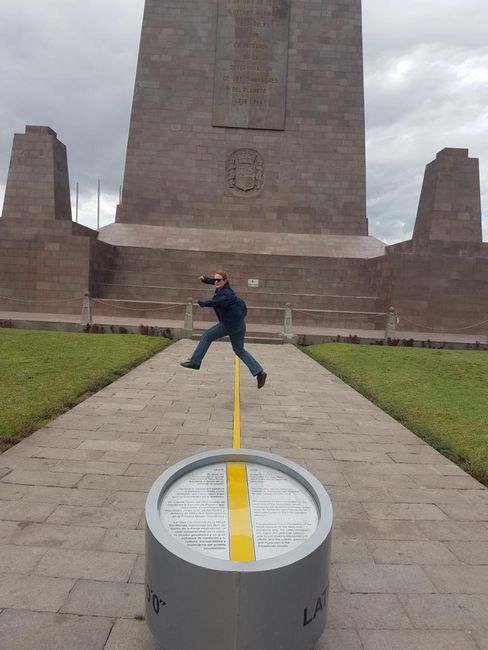
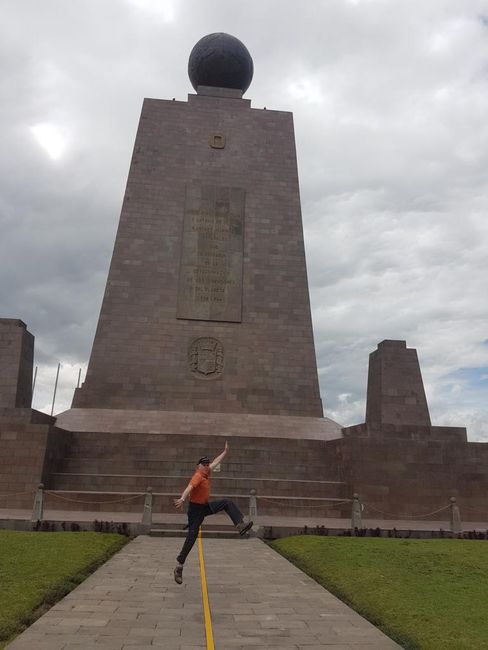
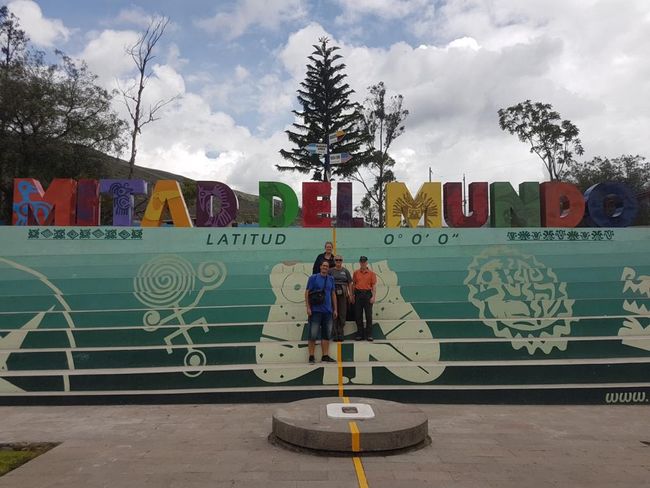
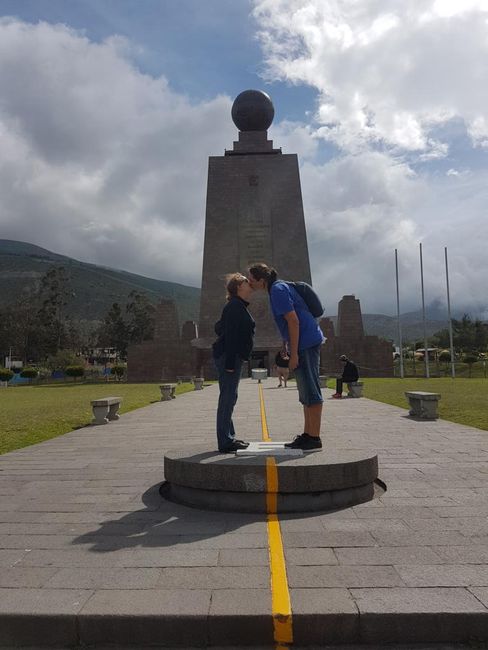
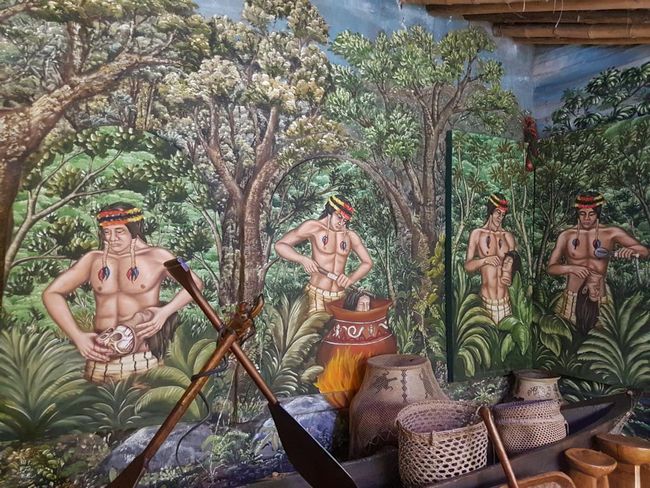
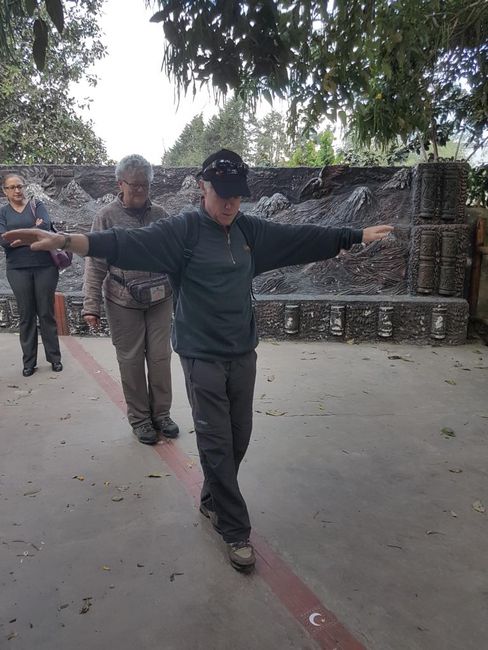
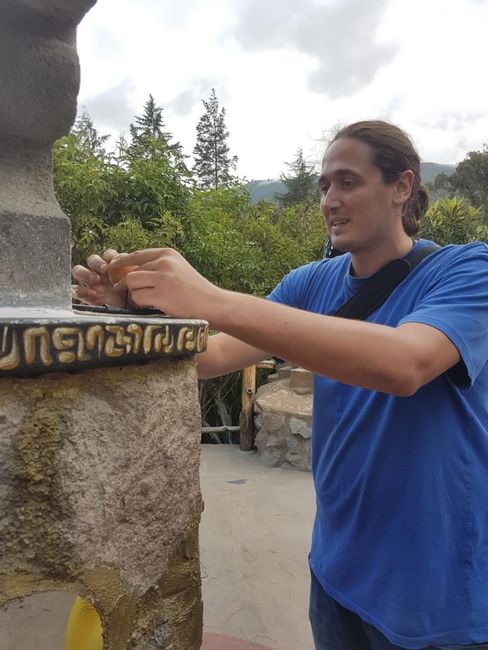
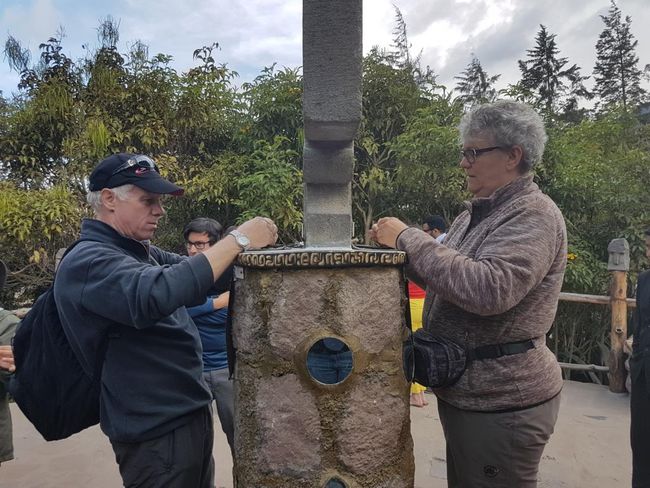
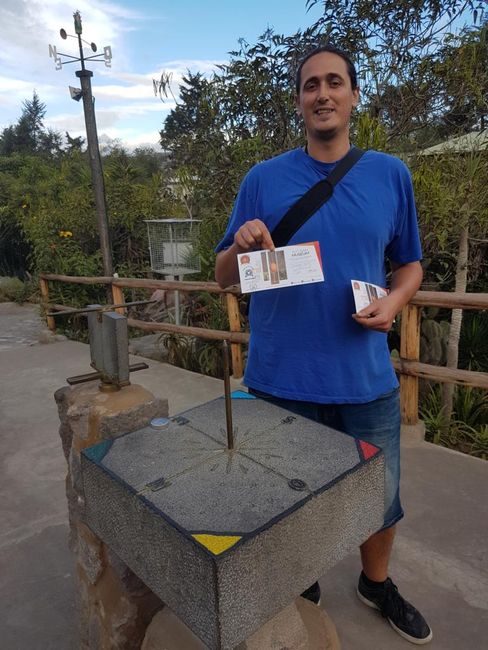
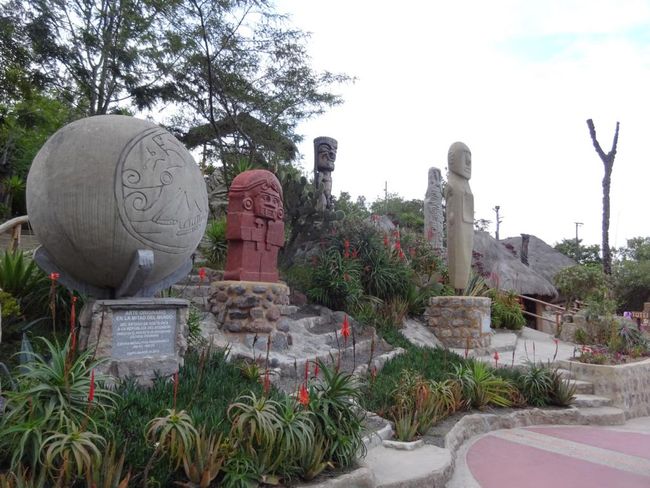
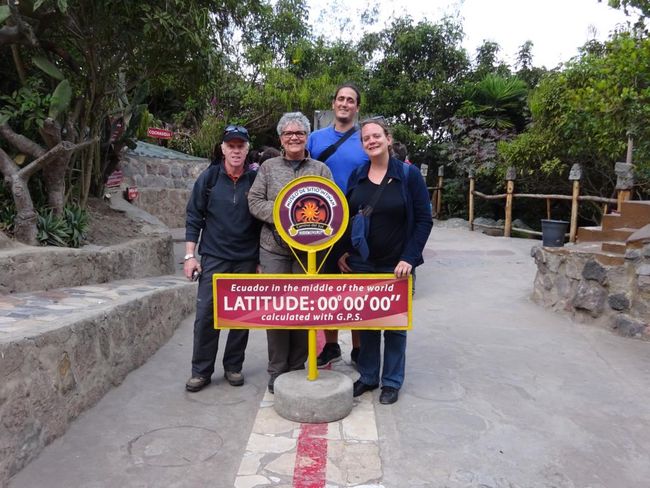
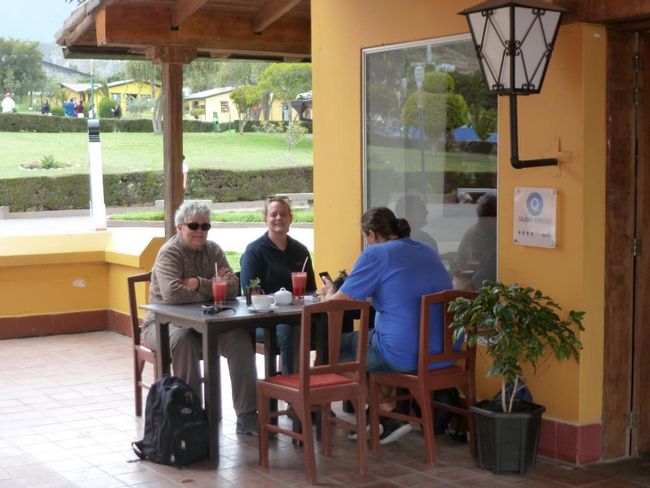
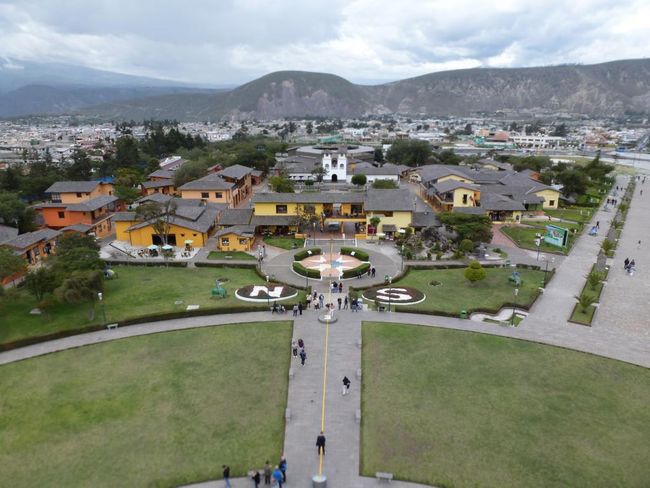
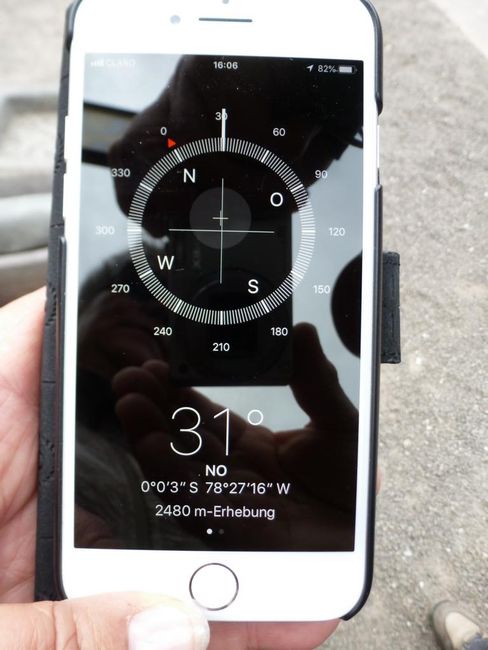
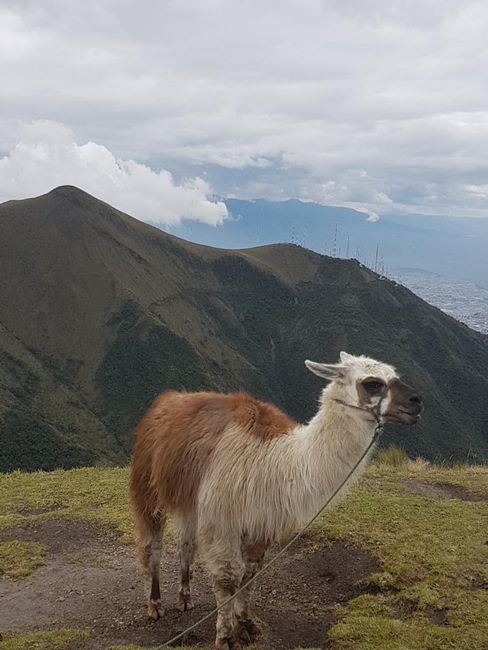
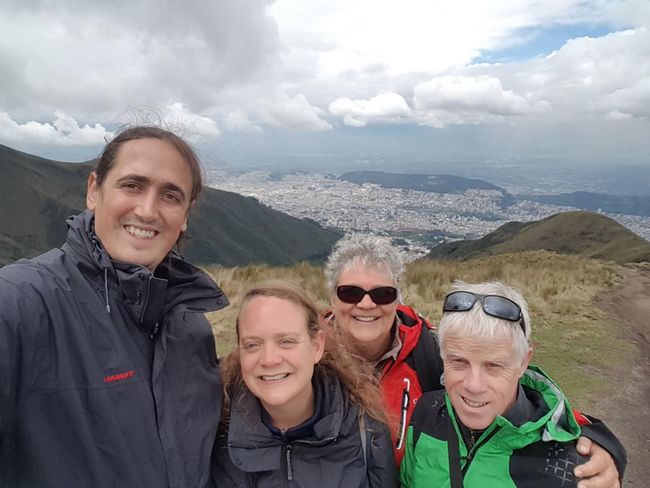
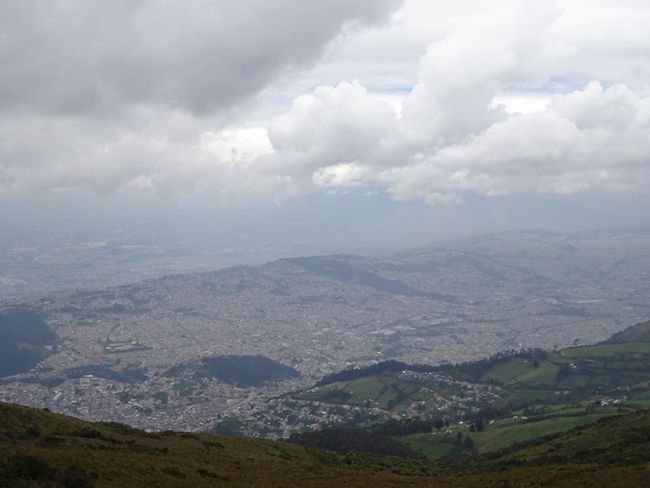
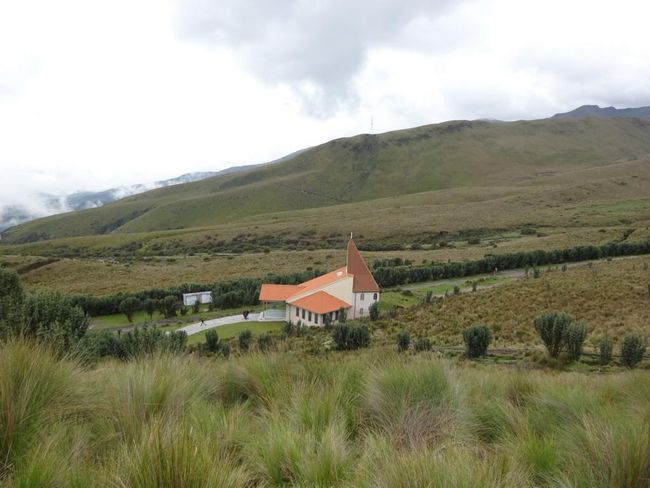
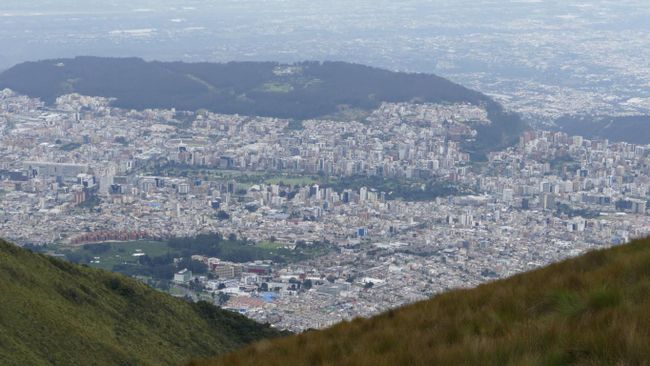
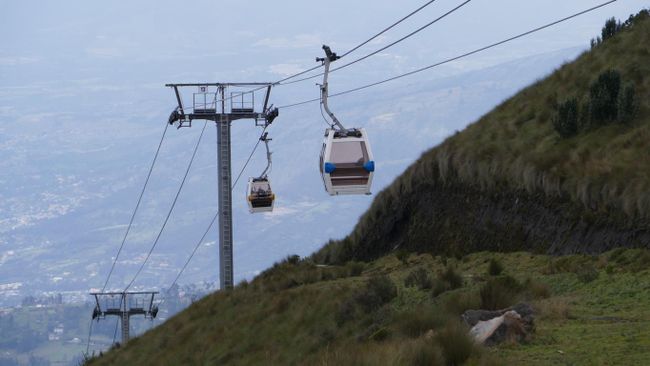
Iscriviti alla Newsletter
From San Jose we flew via Panama to Ecuador, where we would meet my mother Manuela and her friend Othmar, who would be spending their 3-week vacation here with us. Since we arrived in Quito a few hours early, we waited at the airport where we received them and were then picked up by a hotel car.
On the day of arrival, we took a short walk to Parque El Ejido, which was located right in front of our hotel. It is a beautiful green spot in the middle of Quito's main traffic arteries with a pleasant atmosphere. Many locals spend their free time here, there is a small handicraft market, you can rent bicycles and soap boxes, and on Sundays there are performances by street artists.
The next day we took the bus to the old town, where we explored the historic center of Quito on foot. We passed Plaza Grande, a picturesque square lined with palm trees and historic buildings, as well as Plaza Santo Domingo, where the Santo Domingo Church is located.
Quito is full of churches. Undoubtedly the most beautiful church is the Church of the Society of Jesus, at least from the inside.
Interestingly, in Quito you often have to pay admission to visit the churches, which is very strange to me and generally uncommon in Latin America. At least during the Mass you can enter the church for free (that would be even better), but then you can't walk around and take photos. Oh yes, you can't take photos in this church at all, even if you paid admission. Only God knows why. Absolutely ridiculous. For the exorbitant entrance fee of 5 dollars per person, we took the liberty of secretly taking a few guerrilla photos to enter the church outside of Mass. However, this was not so easy because the entrance fee includes (fortunately) an English or Spanish guide. And the kind lady always made sure that the cameras stayed in the bags.
For Manuela's sake, we took the tour in English, which we normally avoid, but for the next few weeks we would have to adapt our usual travel habits to the visit. It's interesting how quickly people adopt habits, even if they travel around the world as nomads, where nothing is usual and every day is different, they do something else, and they meet different people.
In any case, the tour was quite interesting, the young woman told us a lot about the architectural features and artworks in the church. The most impressive thing, of course, was that the entire church is decorated with gold leaf. It dazzles you as soon as you enter the building. The two spiral staircases at the back of the church were also amusing, where you only realized on closer inspection that one of the staircases is actually painted on the wall, but very convincingly.
The first small cultural shock for our visitors was not long in coming. We were hungry. So Jörg and I looked for a comedor where we got a typical almuerzo (lunch). Of course, these dining rooms usually look a bit run-down and shabby at first glance, mainly because the locals eat here and not so much the tourists, and Manuela and Othmar were understandably skeptical. But the food is usually good and cheap, for 2 dollars per person we got soup, a piece of chicken, rice, salad, and a drink.
Afterwards, we made our way to the Basilica del Voto Nacional, which is located on a hill. We even climbed one of the towers, from where we had a good view of the old town.
Finally, we treated ourselves to a nice drink in La Ronda, a narrow cobblestone street popular with tourists, with beautiful old houses and several restaurants and bars.
For dinner, we went to La Mariscal, the entertainment and nightlife district in Quito. Since it was the weekend, there was a lot going on.
In Quito, we also took a ride on the Teleferico, which is a cable car that takes you to Cruz Loma at an altitude of 4100m on the Pichincha volcano. From here, you can enjoy a spectacular view of the city and the surrounding mountain panorama. On clear days, you can also see the Cotopaxi volcano from here. But unfortunately, it was not clear on that day, and the volcano remained hidden in the clouds.
Since Othmar is so keen on hiking, we walked a good distance uphill towards the summit of Pichincha, although we had no ambitions to actually reach the summit (Othmar probably could have done it anyway). Here, we naturally felt the thin air due to his heavy smoker's lung and general lack of fitness. After a while, we decided that we had done enough sports activities and turned back.
Half of the World
We took public transportation to Mitad del Mundo, one of the main attractions near Quito. Quito is located on the equator, in the middle of the world. The journey there was quite lengthy. First, you take the metro bus for about an hour to the Ofelia bus terminal on the eastern outskirts of the city. Quito is huge, and above all very elongated. The city stretches about 60km in length and 7km in width. In Ofelia, you have to change to another bus. I struck up a conversation with my older seat neighbor on the city bus, who willingly gave me some tips. The friendly locals at the terminal also helped us to catch the right bus to Mitad del Mundo.
The main complex is, of course, a pure tourist gimmick. Nevertheless, it was quite funny and entertaining. There is a yellow line running through the area, which is supposed to represent the equator, although this place was determined using outdated measurement methods and accordingly not quite accurate, and secondly, the actual equator continuously shifts within a range of about 250m. So it was actually not possible to determine the exact 0-degree latitude within the complex with the compass on our phones. We only managed to do this later when we passed Mitad del Mundo again on the way to Otavalo by bus. The "jumping over" the yellow line is purely symbolic, but it's still fun and makes for some funny photos.
The complex has various attractions, including a planetarium (shows exclusively in Spanish, haha), as well as a museum where various experiments are presented to illustrate the physical characteristics of the equator (such as the Coriolis force, which causes water to drain in the opposite direction on the northern and southern hemispheres). However, the museum is really lousy, the experiments are extremely poor or sometimes not described at all, so most of the time you can't figure out what exactly is being conveyed.
Of course, there are also restaurants, cafes, and countless souvenir stands for refreshments.
Right next to the main complex, there is a second museum, the Museo Solar Inti Nan, which claims that the real equator is located exactly here, measured by GPS by the US military. But even here it was not possible to determine the 0-degree latitude with our phones, but at least we were close.
But this open-air museum is really worth seeing, almost even more so than the main complex. The entrance fee includes a guided tour. The exhibitions also include interesting information about indigenous culture and the still existing indigenous tribes in Ecuador and their way of life. A highlight is the sonarchronometer, a unique instrument from 1865 that accurately indicates time, month, day, and season (provided there is sunshine, of course).
During the tour, various physical experiments were demonstrated. For example, it is said to be easier to balance a raw egg on the head of a nail on the equator. Of the four of us, only I managed to actually place the egg on the nail and prove myself as the "Eggmaster". The experiments made the whole thing very interactive and really fun, we were certainly thoroughly entertained.
In the end, we even received a certificate for visiting the equator.
Although both museums are quite cheesy tourist spectacles, you can easily spend a day here and be thoroughly entertained.
Iscriviti alla Newsletter
Risposta
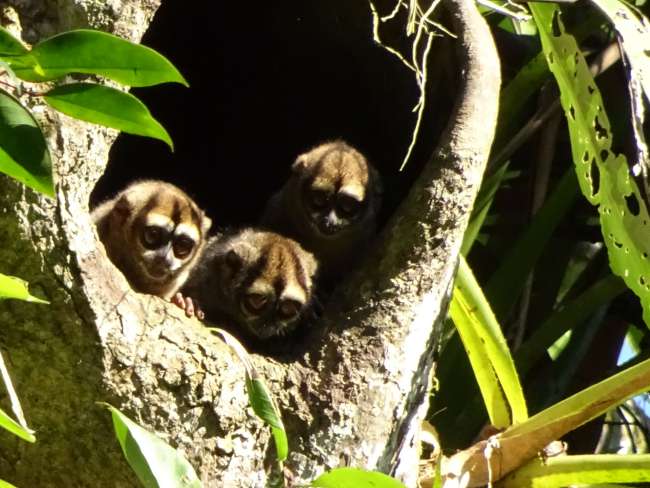
Rapporti di viaggio Ecuador

